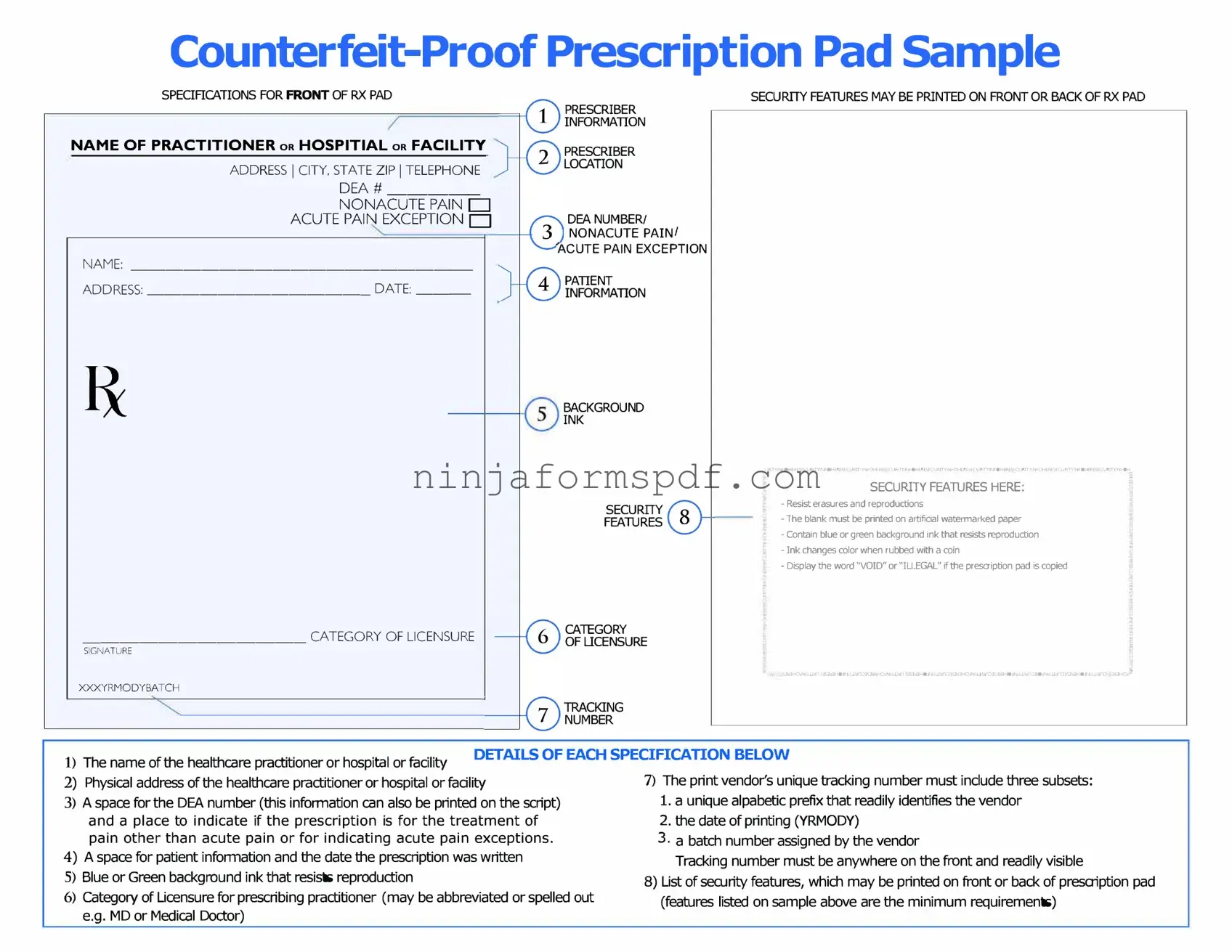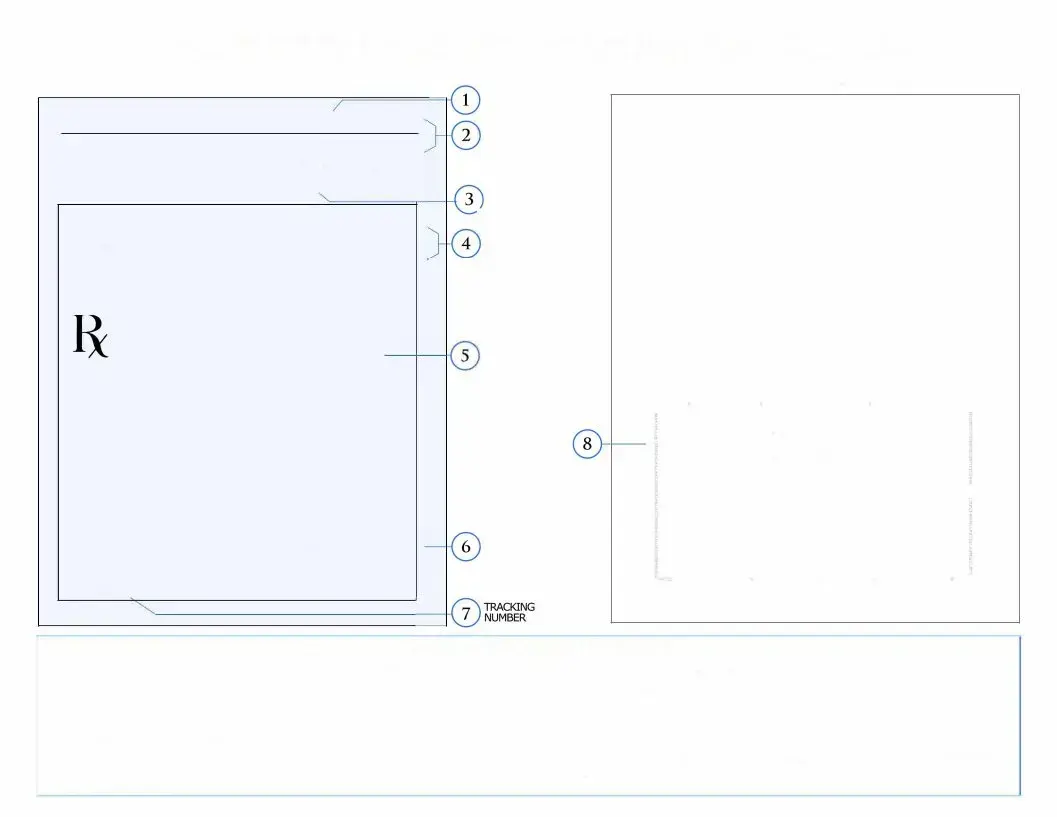What is a Prescription Pad form?
A Prescription Pad form is a document used by healthcare providers to prescribe medication to patients. The form includes essential details such as the patient’s name, medication dosage, frequency of intake, and duration of the course. It serves as an official order for pharmacists to dispense the specified medication.
Who is authorized to write a prescription on a Prescription Pad form?
Legally, only licensed healthcare practitioners, such as doctors, dentists, psychiatrists, and nurse practitioners, among others, who have the authority to prescribe medication can write a prescription on a Prescription Pad form.
What is the importance of a Prescription Pad form?
The form plays a critical role in ensuring the safe and effective use of medication. It helps in preventing medication errors, facilitates communication between healthcare providers and pharmacists, and ensures that patients receive the correct medication in the proper dosage.
Is it mandatory to use a Prescription Pad form for all medications?
While most prescriptions require a Prescription Pad form, especially for controlled substances, some over-the-counter medications may be recommended without an official prescription form. However, to ensure safety and accountability, the use of a prescription form is encouraged for all medications.
How can a patient ensure the Prescription Pad form is filled out correctly?
Patients should verify their name and dosage instructions are accurately recorded on the Prescription Pad form. If there’s any uncertainty, they should ask the prescribing healthcare provider for clarification to prevent any potential medication errors.
What safety features are included in a Prescription Pad form to prevent fraud?
Modern Prescription Pad forms include several security features such as watermarks, microprinting, and a tamper-resistant background to deter fraud and copying. These features help to ensure that the prescription is valid and comes from a legitimate healthcare provider.
Can a Prescription Pad form be used for multiple medications?
Yes, a healthcare provider can list multiple medications on a single Prescription Pad form, provided there is enough space and the prescriptions are for the same patient. Each medication must be clearly detailed with its respective dosage and usage instructions.
What should a patient do if they lose their Prescription Pad form?
If a patient loses their Prescription Pad form, they should immediately contact their healthcare provider for a replacement. Depending on the medication and the provider’s policy, this may require an additional appointment or verification process.
Are digital Prescription Pad forms accepted?
Yes, many healthcare systems now accept digital or electronic prescriptions, known as e-prescriptions. These digital forms are transmitted directly from the healthcare provider’s office to the pharmacy, improving efficiency and reducing the risk of errors or loss.
Can a pharmacy refuse to accept a Prescription Pad form?
A pharmacy may refuse to accept a Prescription Pad form if it suspects the prescription is fraudulent, or if the medication prescribed is not in stock or not covered by the patient’s insurance. If this occurs, patients should discuss alternative solutions with the pharmacist or their healthcare provider.

